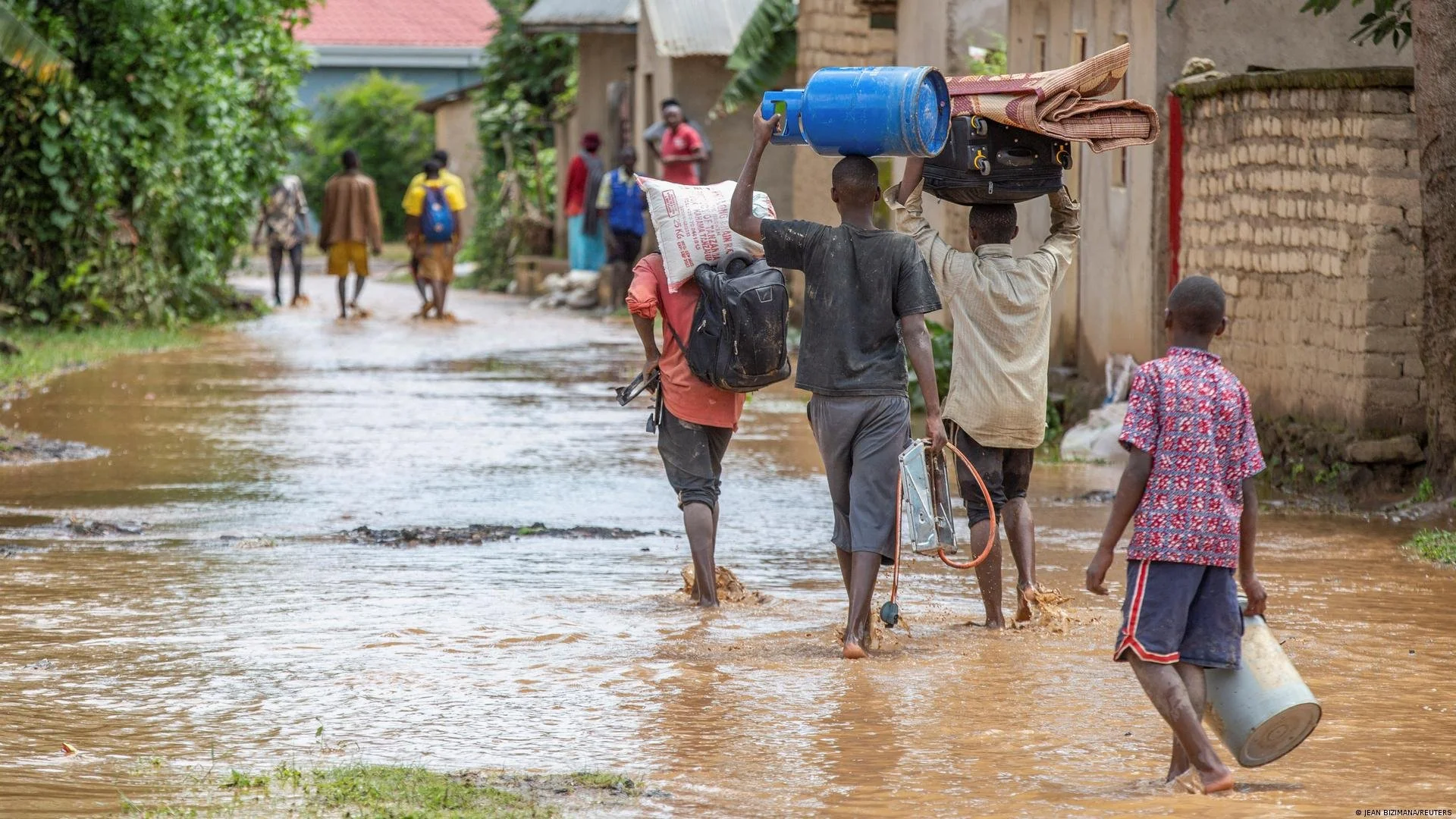Three months after major flooding hit southern Brazil, at least 386,000 people remain displaced, and many remain in improvised shelters.
In late April 2024, Porto Alegre, the capital and largest city of Brazil’s southernmost state Rio Grande do Sul experienced catastrophic flooding due to persistent and extreme rainfall. The situation was made worse when the Guaíba River breached its banks in early May, contributing to extensive flooding within the region. During peak rains on 1 May, the state capital received two months worth of rain in just three days. The floods have had extensive impacts on communities in the region - notably causing widespread displacement - and have emphasized the significance of climate change in exacerbating such disasters.
Scientists have found the flooding event was made twice as likely due to climate change. The latest flooding is the fourth to hit Brazil’s southern region in the past year and a half. Scientists have made clear that a rapid and drastic reduction in the greenhouse gas emissions heating the planet is vital.
Deforestation, a persistent lack of environmental protection legislation and the effects of climate change are major contributors to the increasing disasters in this region. El Niño, the cyclical climate phenomenon, has contributed to warmer ocean surface temperatures which then results in intensification of storms and prolonged heavy rainfall. The rain patterns in Brazil have changed dramatically, with the Amazon rainforest in constant drought and the south experiencing downpours and flooding. At the same time, the Intergovernmental Panel on Climate Change (IPCC) predicts the frequency of strong El Niño events is likely to increase.
The flooding has affected at least 2.3 million people in nearly 90% of Rio Grande do Sul’s municipalities. At least 182 people are dead, with many still missing. Entire neighborhoods have been submerged underwater. Many have returned to their homes after initial flooding, but not everyone has been able to do so.
The current flood-related displacement is largely internal but subsequent disasters will inevitably displace more people, likely both internally and across borders. Community members fear moving back, anticipating worse climate disasters to come. Some relatively fortunate residents were able to quickly relocate to higher ground but many have sought refuge in emergency shelters with others living under bridges, and in tents and cars.
The displacement has severely disrupted daily life. Schools, businesses, hospitals, and critical infrastructure such as the international airport have all been heavily impacted. The flooding particularly affects vulnerable populations such as low-income communities with inadequate infrastructure, making them more susceptible to the effects of disasters.
In particular, the recent flooding has caused a surge in leptospirosis and hepatitis A cases. Both are easily transmittable through contaminated water. Education has also been disrupted. Not only are physical schools damaged, but students have been displaced from their homes, and families have been forced to prioritize finding shelter and other necessities over education. Future disaster preparedness must anticipate temporary and mobile classrooms in displacement situations in all climate adaptation and resilience planning.
The floods have not only caused physical damage, they disproportionately impact vulnerable communities and highlight the urgent need for improved infrastructure to mitigate the health and education impacts of such disasters. In this way, it is clear that loss and damage from climate impacts often cascade well beyond the initial event.
The economic losses are expected to exceed $1 billion dollars. The impacts on the agricultural sector are dire, with the price of staples like rice likely to rise sharply at a time when millions are already struggling with the rising costs of living. Rio Grande do Sul is responsible for around 70% of Brazil’s rice crops and dairy products. For decades the nearby forests and marshes have been cleared to make way for agricultural land. The loss of these natural barriers has very likely exacerbated the region’s vulnerability to flooding.
At the same time, stories are beginning to emerge of the importance of climate readiness and how, time and time again, the most vulnerable communities also serve as first responders to their own communities.
Bahá’í community-building efforts led to affected families assessing needs and organizing distribution of food, water, clothing, blankets and hygiene kits. Youth groups were at the forefront of initiatives, while the elderly were instrumental in providing support for isolated individuals. Health teams were assembled to train individuals on disease prevention from contaminated waters. These efforts demonstrate how critical it is to adequately equip communities before disasters occur in order to minimize harms. It is also a clear endorsement of the value of local, community-based knowledge that must be harnessed in climate action.
Porto Alegre serves as a reminder of the urgent need to address climate change and invest in sustainable solutions to protect vulnerable populations. The rainfall that led to this disaster can be closely linked to climate change, deforestation, poor maintenance of flood control infrastructure, and a lack of strong environmental policies. This makes it abundantly clear that the policies to address this disaster, and prevent future ones, will require a comprehensive and sustained approach. Anything less will condemn people with insufficient means to a future of loss and damage as the climate crisis worsens.





